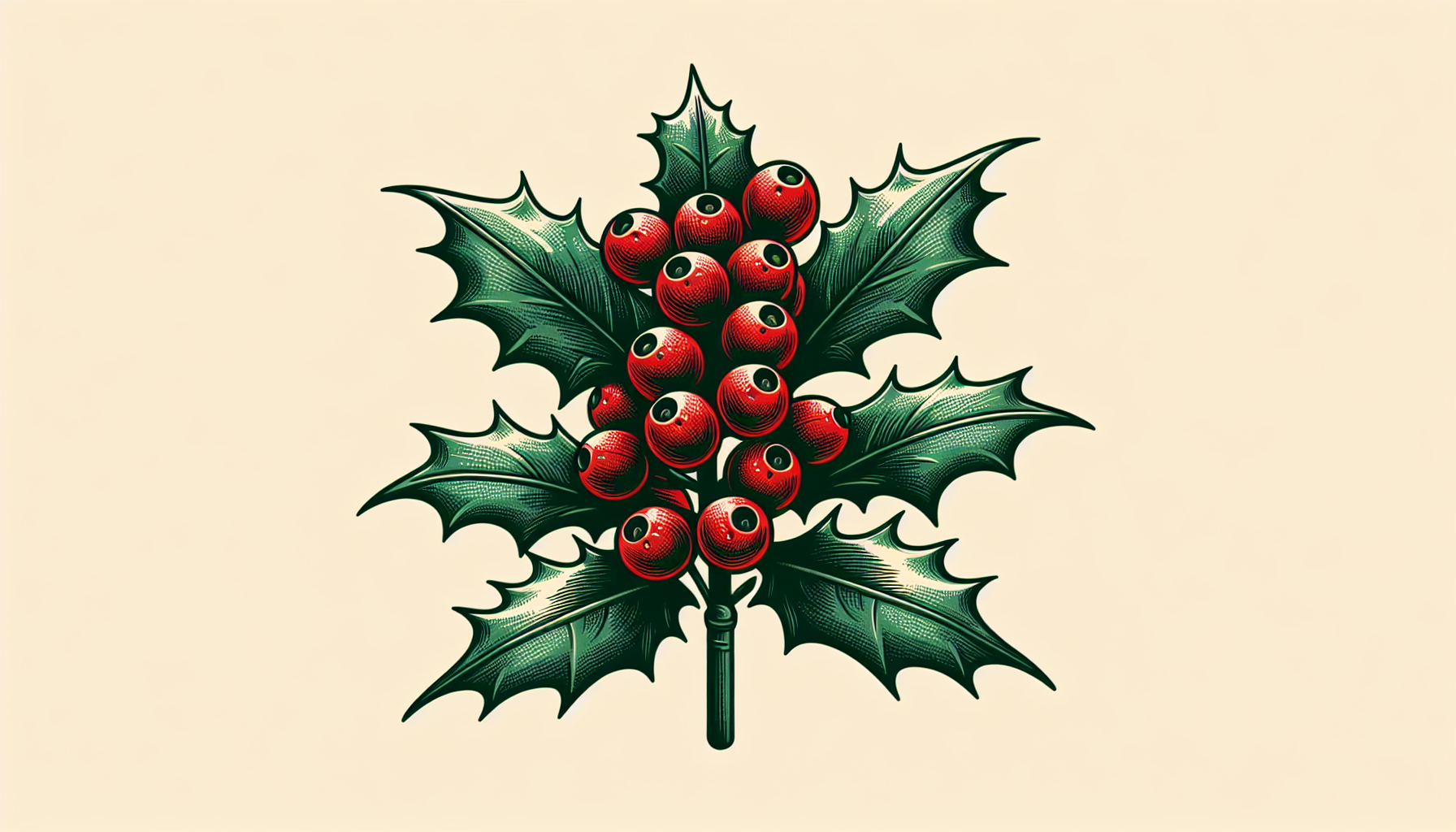
what is the shape of a holly plant
What Is the Shape of a Holly Plant?
The holly plant is a timeless symbol of beauty and resilience, often recognized for its striking foliage and vibrant red berries. But what exactly is the shape of a holly plant? In this blog post, we’ll delve into the distinctive features of this beloved plant, exploring its leaf structure, overall growth form, and the reasons behind its iconic appearance.
The Distinctive Shape of Holly Leaves
One of the most recognizable features of the holly plant is its leaves. Holly leaves are typically oval-shaped with a glossy, dark green surface. What truly sets them apart, however, are their sharp, spiny edges. These spines not only give the leaves a unique, jagged appearance but also serve as a natural defense mechanism against herbivores.
In some varieties, especially older or upper leaves, the spines may be less pronounced, giving the leaves a smoother outline. This characteristic makes holly leaves both functional and aesthetically pleasing, adding a touch of drama to landscapes and holiday decorations alike.
The Growth Structure of Holly Plants
The overall shape of a holly plant can vary depending on the species, but most share a few common traits. Holly plants are generally evergreen shrubs or small trees with a pyramidal or rounded growth habit. They can range in size from small, compact shrubs—ideal for hedges and borders—to larger trees that can grow up to 50 feet tall in some species.
The dense branching structure of holly plants creates a full, lush appearance, making them a popular choice for privacy screens and ornamental purposes. Their bright red berries, which often persist through the winter, add a pop of color that contrasts beautifully with their green foliage.
Popular Holly Varieties
There are over 400 species of holly plants, each with its unique characteristics. Some of the most popular varieties include:
- English Holly (Ilex aquifolium): Known for its classic spiny leaves and bright red berries, this variety is often associated with holiday decorations.
- American Holly (Ilex opaca): A native species with softer spines and a more muted green color.
- Japanese Holly (Ilex crenata): A compact variety with small, smooth-edged leaves, often used in bonsai and formal gardens.
Why Is the Holly Plant So Iconic?
The holly plant’s distinctive shape and vibrant colors have made it a staple in gardens and traditions worldwide. Its spiny leaves and bright berries are often associated with protection and vitality, while its evergreen nature symbolizes endurance and renewal.
Holly has also found its way into mythology and holiday traditions. For instance, in many cultures, holly is considered a plant of good fortune and protection, often used in wreaths and garlands to ward off evil spirits.
Caring for Your Holly Plant
If you’re considering adding a holly plant to your garden, it’s important to understand its growth requirements. Holly plants thrive in well-drained soil with partial to full sunlight. They are relatively low-maintenance but may require occasional pruning to maintain their shape and encourage berry production.
For more tips on growing and caring for holly plants, check out this detailed guide from the Royal Horticultural Society.
Conclusion
The holly plant is a unique and versatile addition to any garden, known for its distinctive leaf shape and overall growth structure. Whether you’re drawn to its aesthetic appeal, its cultural significance, or its practical uses, the holly plant is sure to make a lasting impression.
Have you grown a holly plant in your garden? Share your experiences in the comments below!